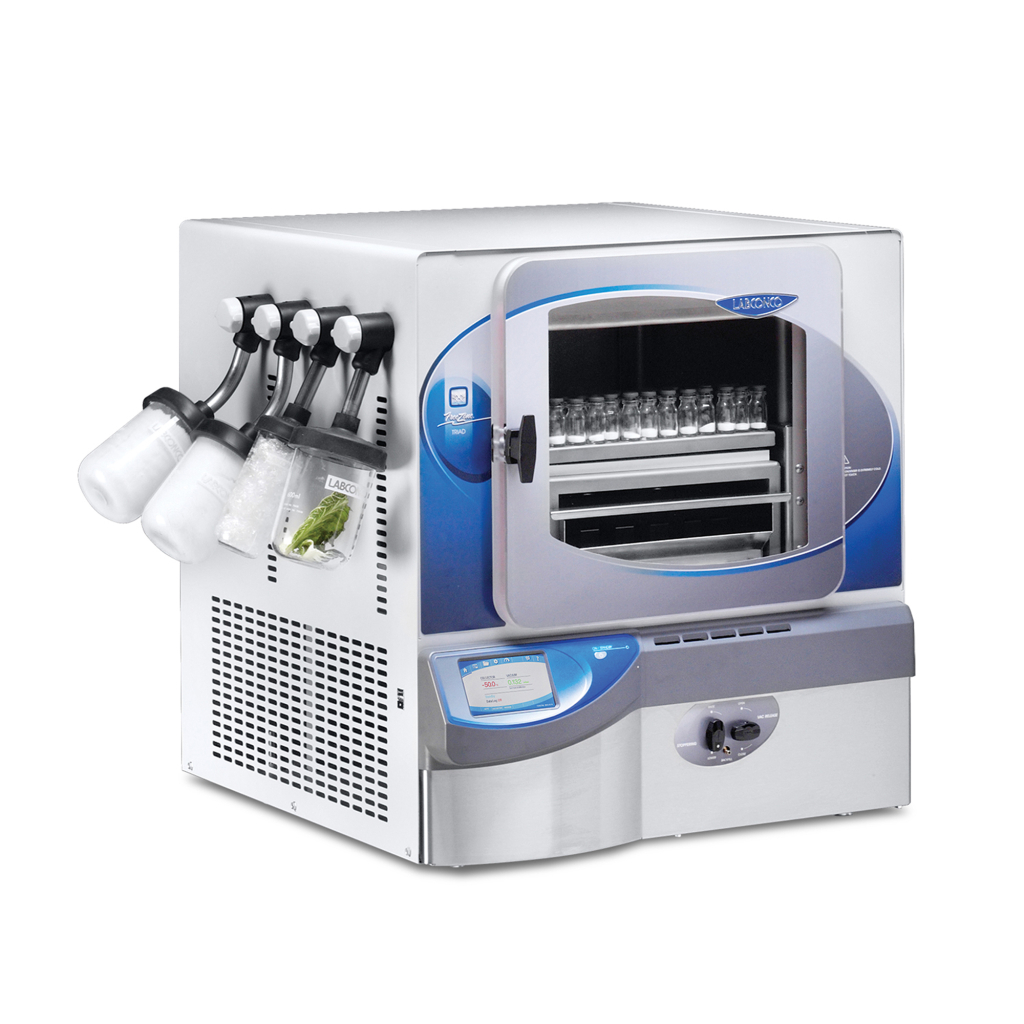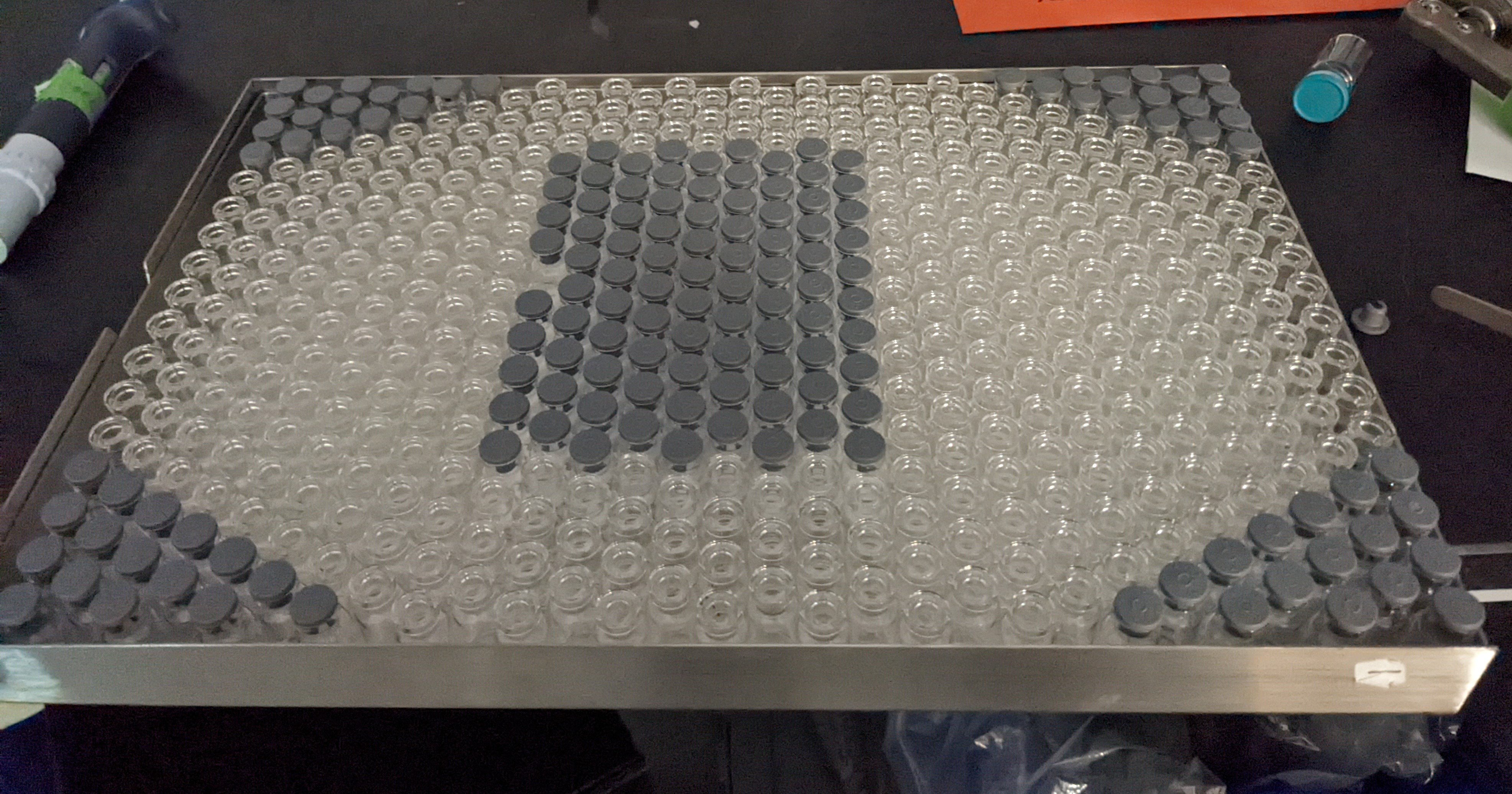I went with the article title, but I think this isn't enshitification in the traditional sense of the platform making bad choices from a user perspective. Instead this is about shitty use of the platform by malicious users.
This article talks about a practice the author has dubbed "Playlist Stuffing" where an irrelevant, long, and monetized video is added into a playlist, low enough to not show up in the search result for that playlist. The accounts engaging in this seem to be compromised and abandoned accounts from the early days of youtube.
From the article:
In recent months, however, countless tainted playlists have cropped up in YouTube search results. Engadget compiled a sample of 100 channels (there are undoubtedly many, many more) engaged in what we'll refer to as playlist stuffing. These had between 30 and 1,987 playlists each — 58,191 in total. The overwhelming majority of these stuffed playlists contain an irrelevant, nearly hour-long video simply titled "More."
The robotic narration of "More" begins: "Cryptocurrency investing, when approached with a long-term perspective, can be a powerful way to build wealth." You'd be forgiven for assuming its aim is to direct unwitting listeners to a shitcoin pump-and-dump. But over the next 57 minutes and 55 seconds, it meanders incoherently between a variety of topics like affiliate marketing, making a website and search engine optimization.
For all its supposed advice on making easy money online, its best example isn't anything said in the video, it's that "More" has amassed nearly 7.5 million views at the time of this writing — and it's monetized.
The vast majority of channels engaged in this activity were created in 2006, and the youngest was claimed in February of 2009. In all likelihood, these accounts were abandoned long ago and have since been compromised, either by whoever is behind "More" or by a third party which sold access to these accounts to them.




I am a big fan of content-specific instances. Some instances off the top of my head that fit this description:
...and I am sure there are many others. I just think that having a focus like that provides a more interesting local instance environment than a large, generalist instance, though both have a place.